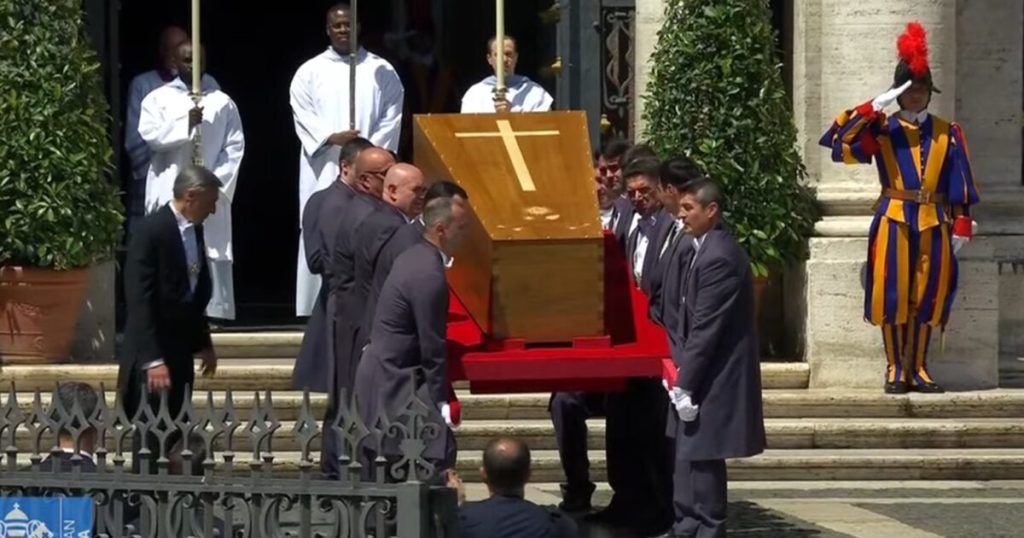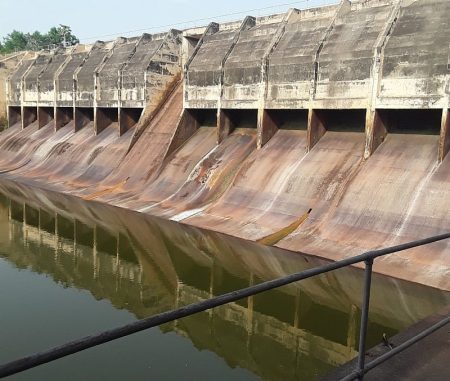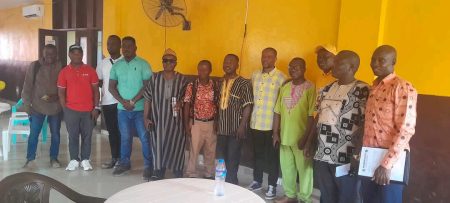Paragraph 1: The Final Journey of Pope Francis
On a somber Saturday, the world bid farewell to Pope Francis, the first Latin American pontiff and a champion of the marginalized. Following a poignant funeral Mass in St. Peter’s Square, attended by a multitude of mourners and dignitaries, his earthly remains embarked on their final journey. A white popemobile, a symbol of papal presence, carried the simple cypress coffin from the Vatican, traversing streets lined with tens of thousands of grieving faithful. The destination was the Basilica of Santa Maria Maggiore, a cherished Roman landmark holding deep significance for the late Pope. This basilica, housing the revered icon of the Salus Populi Romani (Protectress of the Roman People), was a frequent place of prayer and reflection for Pope Francis, marking a fitting final resting place.
Paragraph 2: A Sea of Mourners in St. Peter’s Square
The funeral Mass in St. Peter’s Square was a testament to the global impact of Pope Francis’s papacy. Tens of thousands of mourners, many having waited overnight, filled the square to capacity, their presence a poignant tribute to the shepherd they had lost. The diverse crowd reflected the universality of the Catholic Church and the widespread appeal of Pope Francis’s message of compassion and inclusivity. Among the attendees were world leaders, including US President Donald Trump and Ukrainian President Volodymyr Zelensky, whose brief encounter on the sidelines of the funeral underscored the significance of the occasion as a moment of global reflection and unity.
Paragraph 3: A Legacy of Inclusion and Humility
Pope Francis’s 12-year papacy, beginning in 2013, was marked by his unwavering commitment to building bridges and fostering dialogue. He championed the cause of the poor and marginalized, often visiting those on the peripheries of society. His emphasis on mercy and forgiveness resonated deeply within and beyond the Catholic Church, challenging traditional doctrines and embracing a more inclusive approach. His humility, simplicity, and genuine concern for others endeared him to people of all faiths and backgrounds, earning him the moniker "Pope of the People." He consistently called for peace and reconciliation, advocating for dialogue as a means of resolving conflicts and fostering understanding.
Paragraph 4: From Argentina to the Vatican: A Life Dedicated to Service
Born Jorge Mario Bergoglio in Buenos Aires, Argentina, in 1936, Pope Francis’s path to the papacy was one of unwavering dedication to service. Ordained as a Jesuit priest in 1969, he rose through the ranks of the Catholic Church, serving as Archbishop of Buenos Aires before his election as Pope. His experiences in his native Argentina, a nation grappling with social and economic disparities, shaped his profound concern for the poor and his commitment to social justice. His choice of the name Francis, after St. Francis of Assisi, the patron saint of animals and the environment, signaled his commitment to humility and care for creation.
Paragraph 5: A Transformative Papacy: Navigating Challenges and Embracing Change
Pope Francis’s papacy was not without its challenges. He navigated complex issues, including internal debates within the Church and global crises such as climate change, migration, and the COVID-19 pandemic. He consistently called for dialogue and understanding, urging the world to address these challenges with compassion and collaboration. His willingness to engage with contemporary issues and adapt the Church’s message to a changing world drew both praise and criticism, but ultimately solidified his legacy as a transformative figure in the modern Catholic Church. His emphasis on synodality, encouraging greater participation and dialogue within the Church, marked a significant shift towards a more inclusive and collaborative model of leadership.
Paragraph 6: A Final Resting Place: A Symbol of Devotion and Protection
The Basilica of Santa Maria Maggiore, the chosen resting place for Pope Francis, is more than just a grand edifice; it holds profound spiritual significance. The basilica houses the Salus Populi Romani, an ancient and revered icon of the Virgin Mary. Pope Francis held a deep devotion to this icon, visiting it frequently throughout his papacy, seeking guidance and offering prayers for the protection of the people of Rome and the world. His burial in this sacred space symbolizes his unwavering faith, his deep connection to the Virgin Mary, and his enduring commitment to the well-being of all humanity. His legacy will continue to inspire generations to come, reminding us of the importance of compassion, humility, and service to others.














